What does black radish look like and how to grow it?
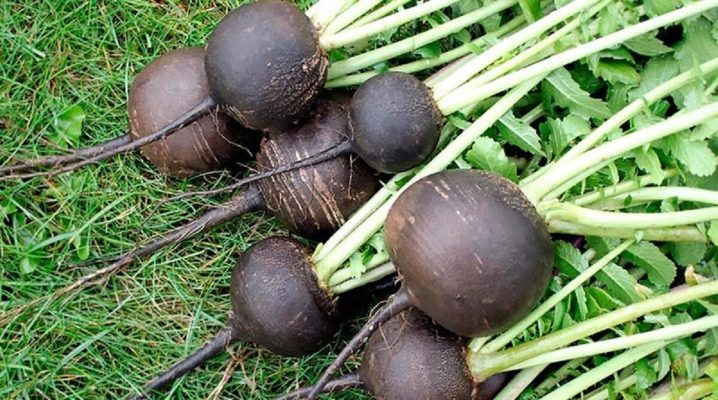
Radish is one of the most popular vegetables; almost all summer residents are engaged in its cultivation. Today we will talk about the features of this culture and give recommendations for proper planting and caring for it.
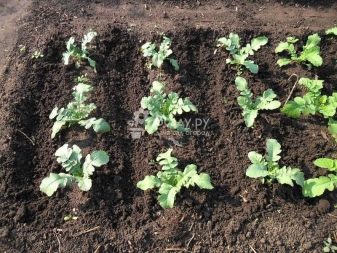
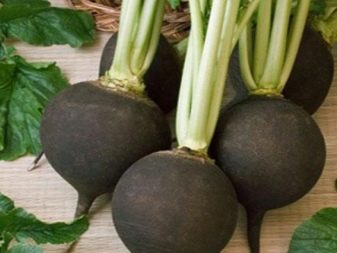
general description
Black radish is an annual vegetable crop from the Cabbage family. This is one of the most ancient cultures. It was first cultivated on the Eurasian continent, from where it quickly spread to the United States.
The plant is unpretentious, it can successfully grow and develop on a variety of substrates and in any natural and climatic conditions.
In the first year after planting, the plants form strong roots, as well as root leaves in the form of a rosette. On the second, an erect stem 50-60 cm high grows. Later, inflorescences are formed on it, and then pods with seeds. The leaf blades are dissected, the upper part is widened, narrowing as it approaches the ground. Their color is bright green, with a pronounced olive tint. The surface looks rough and rough. The flowers are small, four-petalled. They are formed on the stem and collected in a brush. Shades are light, pastel.
Only fruits are eaten. They have a slightly elongated or round shape. The diameter of the root crop is from 5 to 12 cm, the weight varies from 250 g to 1.5-2.5 kg. The pulp is white inside, very juicy, has a rather dense structure. Contains a high concentration of mustard essential oil and many phytoncides, so the taste of the vegetable is spicy, with a pronounced bitterness. The skin is dense, black.
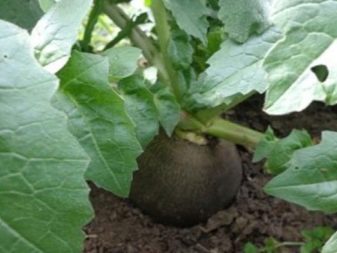
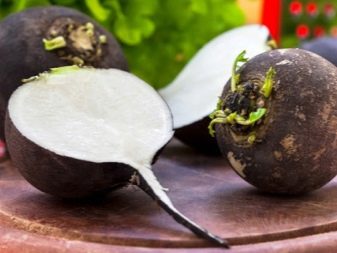
Differences from green radish
Many are interested in how the black radish differs from the green one. The most obvious difference is the look. In one variety, the skin is brown, almost black, in the other it is green. The pulp of black radish is white, juicy, it is distinguished by a sharp bitter taste and excessive hardness. Green radish has a neutral and milder taste. At the same time, it does not taste bitter at all, therefore it is more often used in cooking.
As for the beneficial properties, according to this criterion, the confident leadership belongs to the black vegetable. It contains a greater amount of valuable trace elements and vitamins, is able to destroy pathogenic bacteria, due to which it is widely used in the treatment of colds and viral infections. At the same time, the product is not recommended for people with gastrointestinal tract pathologies. There are fewer valuable components in green radish, but absolutely everyone, without exception, can eat it.
The only contraindication to the use of this root vegetable is individual intolerance.

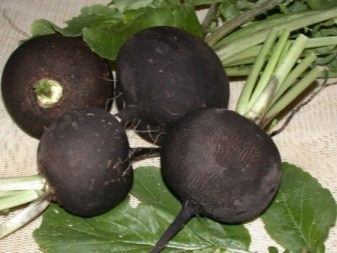
Popular varieties
All existing varieties of black radish differ in storage duration and ripening period. The best varieties include the following.
- "Winter black"... The most famous variety that has been cultivated for more than one decade. The root vegetables of this vegetable are loaded with minerals, essential oils and nutritious vitamins. In terms of its healing properties, such a radish is comparable to onions and garlic. The species is late ripening, from the moment of planting to full maturity, it takes from 85 to 105 days. The shape of the fruit is round, weight is from 200 to 500 g. The skin is black, smooth. The pulp is crispy, dense, the taste is pronouncedly spicy.
Possesses good keeping quality, can be stored for a long time.
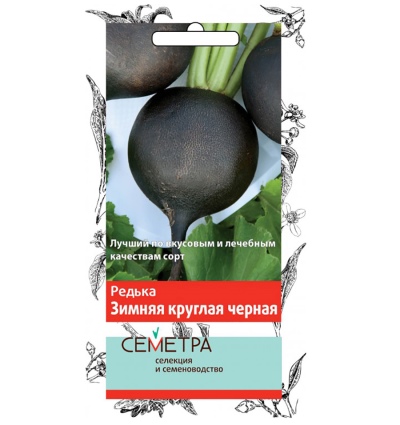
- "Murzilka"... A late-ripening variety, the time from planting to full ripeness takes from 90 to 100 days. The fruits are rather large, 7-10 cm in diameter and weighing 200-350 g. The skin is rough, dark gray, almost black. The pulp is not sharp, juicy.
Under the right storage conditions, it retains its flavor characteristics until April.
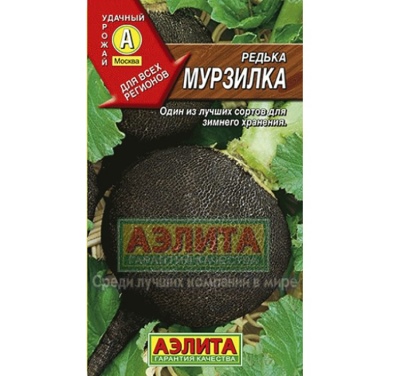
- "Chernavka"... Late-ripening variety, ripens in 100-105 days. Root crops are large enough, rounded, weighing up to 350 g. The peel is rough, rough, dark in color. The pulp is quite juicy, crispy, sweetish taste, with a sharp edge.
This radish has exceptional marketability and is therefore often grown for commercial use.
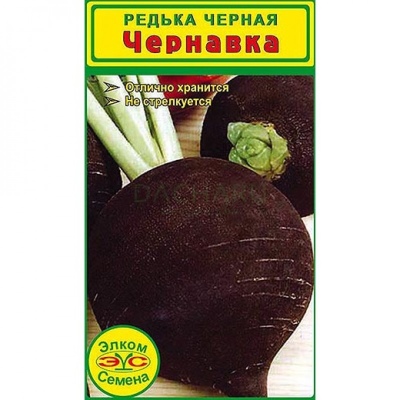
- "Night"... Domestic variety, mid-season, from sowing to harvest takes 70 to 90 days. The roots are round, even, with an intense black skin. Weight - 250-350 g, the pulp is very juicy, strong. The taste is weak.
Up to 3-4 kg of crop can be harvested from each square meter, which tolerates transportation and long-term storage well.

- "Black Woman". Winter species with a ripening period of 70 to 95 days. Fruits are elongated, large, weighing up to 350 g. The skin is black, the flesh is pale cream. The taste has a slight bitterness.
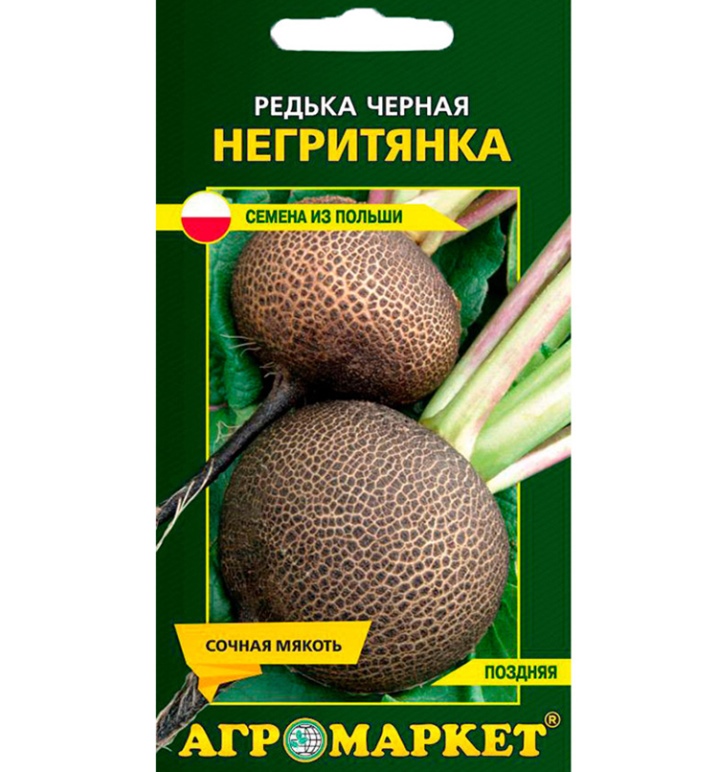
- "Black dragon"... An early variety of black radish, ripens in 55-60 days. The taste is slightly spicy, dietary. Fruits are cylindrical, pointed at the bottom. Length - 13-18 cm, weight - from 150 to 200 g. The rind is black, smooth, even. The pulp is strong, but quite juicy.
It can be stored for a long time without losing its flavor characteristics. Suitable for winter storage.
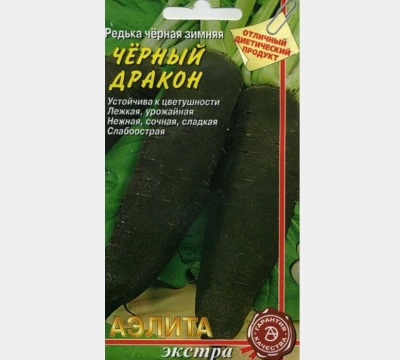
- "Healer". A product of domestic selection, ripens in 75-90 days. Root crops are elliptical, round, weighing up to 350 g. The skin is black, the flesh is white, the bitterness is medium. The variety is famous for its high yield. Up to 5 kg of crop can be harvested from one square meter of the sown area. Stores well throughout the winter.
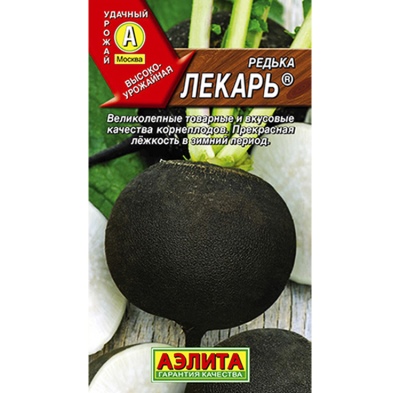
Sowing dates
Black radish seeds can be sown outdoors in open ground or in a greenhouse: this directly depends on the environmental conditions and climatic features in the growing region. You can plant black radish throughout the country, while the sowing time for different regions is different. The optimum temperature for planting is + 13-15 degrees. However, seeds can germinate as early as 3-5 degrees. That is why the radish is not afraid of return frosts, when the thermometer unexpectedly drops to zero.
In the central part of our country, the root crop is planted in the last decade of March or the first decade of April. In the southern regions, work can be carried out in mid-March. In Siberia and the Urals, planting is carried out in June.

Preparing for landing
Black radish is a very unpretentious culture, it does not require special care. However, the creation of favorable conditions increases the quality and quantity of the crop many times over. With the right choice of the site and the pre-sowing preparation of the seedlings, you can grow very large, juicy and tasty root crops.
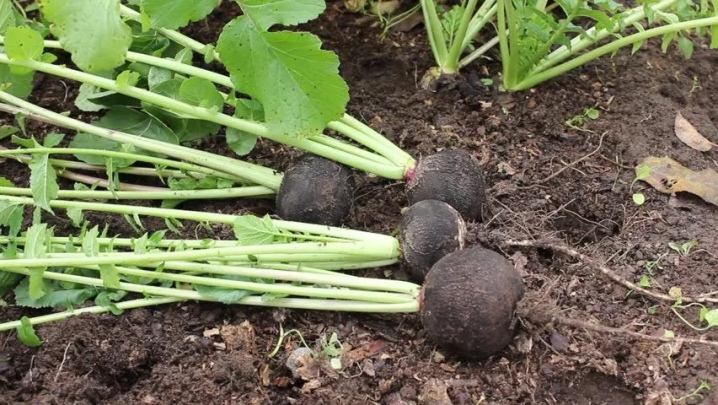
A place
Best of all, black radish grows in a place well-lit by the sun, access to the sun's rays on which is open throughout the day. If the area is shaded, the lack of lighting will cause crushing of the fruit and a deterioration in taste. In this case, the garden bed can be blown by the winds: the plant can withstand drafts.
The optimal plant precursors are legumes, carrots, tomatoes, cucumbers and potatoes. But planting radish after swede, radish, turnip and cabbage is undesirable. Failure to comply with the requirements of crop rotation is fraught with fungal diseases. If you cannot find another place, then you need to treat the land with fungicidal preparations and insecticides.
Advice: growing onions or marigolds in the aisles gives a good effect. With their pungent smell, they will scare away slugs and insects.
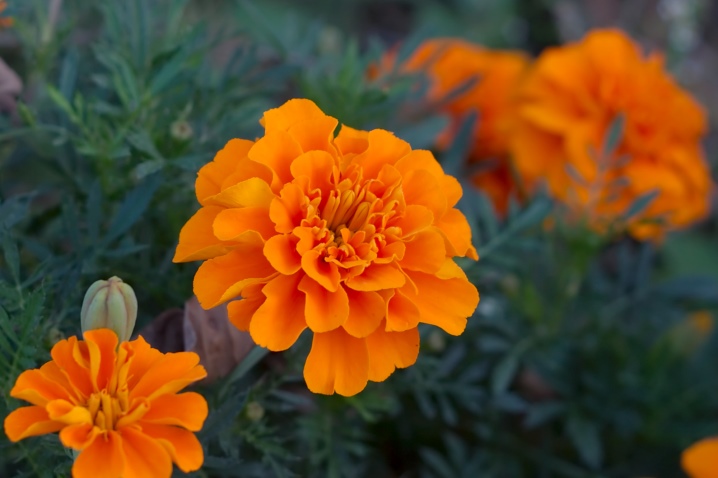
The soil
Black radish can successfully grow and develop in any soil, the only exceptions are salted and acidified substrates. Gray soil or loam is best suited for this culture. The soil must meet the following requirements:
- be loose, well-drained, aerated and moisture-absorbing;
- the medium needs a neutral or slightly alkaline.
Acidic soils must first be diluted with lime from a ratio of 200 g per square meter of land. Alternatively, you can add some chalk, dolomite flour, or crushed egg shells.
Important: you should not plant radish on lands with a high level of groundwater. They should be located no higher than 50 cm from the surface of the site.
The preparation of the beds begins in the fall. To do this, it is necessary to clear the area from stones, weed roots and branches. Digging is an obligatory element of agricultural technology. If the land is impoverished, then you need to add humus or manure. Wood ash is a universal fertilizer for soils of all types; it is added at the rate of 500 g / sq. m. It is advisable to add peat and river sand to clay soil: this will make it lighter.
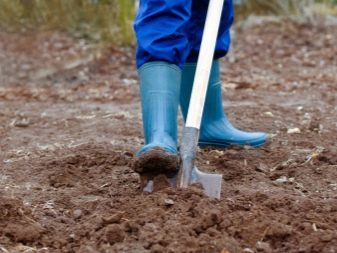
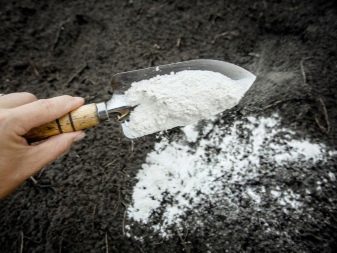
If the autumn preparation was not carried out, then fertilization can be applied in the spring. For 1 sq. m will need:
- organic matter - 2-3 kg of compost or humus;
- minerals - 10 g each of potassium nitrate, urea and superphosphate.
Important: you cannot use manure. It creates conditions favorable for the reproduction of pathogenic microflora. In addition, it leads to the loss of their taste in root crops.
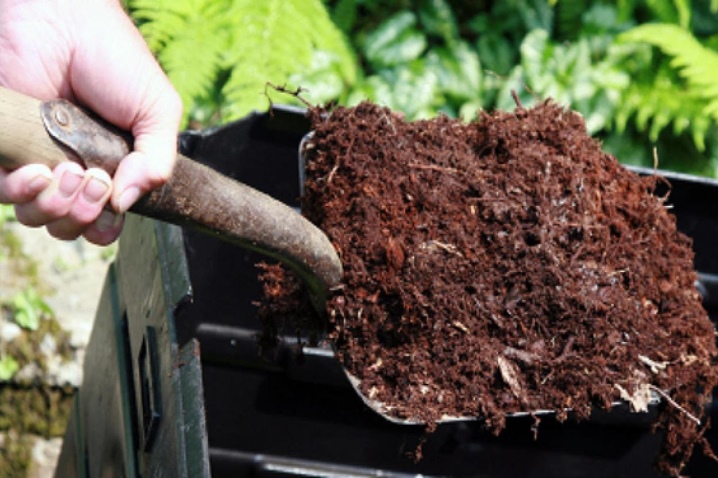
Planting material
The radish is propagated by seeds. It is not necessary to germinate it first, since it does not tolerate transplanting well and can be damaged. This leads to lower yields. For better germination, seedlings are subjected to preliminary preparation. It includes several stages.
- Calibration and sorting... Before planting, the seeds are inspected and all damaged, with signs of rot are discarded. You also need to throw out broken and too small seeds. All the rest are checked for viability: for this they are placed in a saline solution for 5-10 minutes. The seeds that rise up are empty; they are not used for planting.
- Disinfection... Seedlings obtained in your garden or purchased from private owners must be subjected to antiseptic treatment. For this, the planting material is placed in a light pink solution of potassium permanganate for 10-15 minutes. This will destroy the fungal spores and prevent the development of infections.
- Activation... To accelerate the germination of seeds, before planting, they are wrapped in wet gauze and sprayed with a solution of a growth stimulator from a spray bottle. Once the seedlings are swollen, you can move them into open ground.
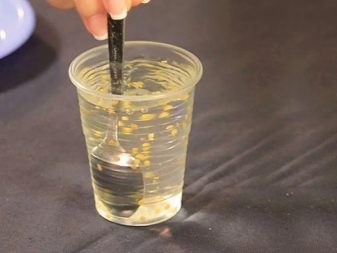
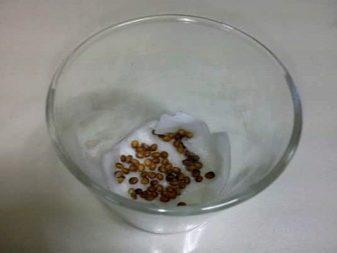
How to plant correctly?
Immediately before planting, the bed is dug to a depth of 25-30 cm and grooves are formed. It is advisable to orient them towards the west. Seeds are laid to a depth of 2-3 cm in increments of 15-20 cm, the recommended row spacing is 25-30 cm.If you plant the radish closer, the growing root crops will lack nutrients and water, so the vegetable will turn out small and tasteless.
Planting involves a few simple steps.
- The formed furrow is mulched with compost, humus or peat.
- The earth is slightly irrigated and tamped with a board.
- The seeds are placed in the planting holes, observing the required interval.
- The bed is sprinkled with earth and watered again abundantly. On top of the site, sprinkle with crushed ash and cover with a film.
If all actions are performed correctly, the first entries will appear within a week. At this stage, it is better to replace the film with a non-woven fabric and leave it for another 7-10 days.
Important: planting work should be carried out in cloudy weather.
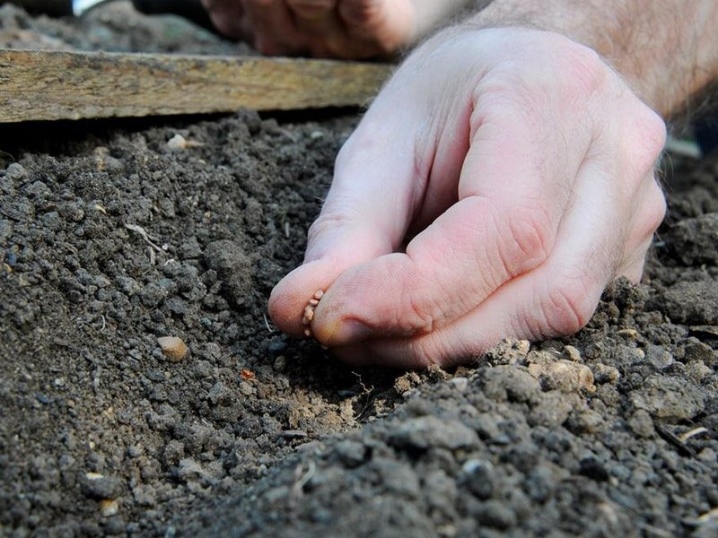
Care
The radish does not require any special care. All she needs is regular watering, loosening and timely removal of weeds.
Watering
Like any root vegetable, the radish requires regular watering. It is best to use settled or rainwater for this. Irrigation should be done early in the morning or in the evening after sunset, when there is no hot sun. Watering should be drip or rain, otherwise a powerful jet will wash out the ground.
In the first time after the emergence of sprouts, watering is carried out every other day. As soon as the shoots reach 8-10 cm, the irrigation is reduced to 1-2 times a week for early maturing varieties and 2-3 times for late maturing varieties. However, in any case, you should focus on the weather and the condition of the soil: if the ground dries up quickly, then watering is done more often. It is important not to allow the earthen coma to dry out and the appearance of a crust: in such conditions, the roots turn out to be bitter.
To keep moisture in the ground, they resort to mulching: chips, peat, humus or mown grass will do.
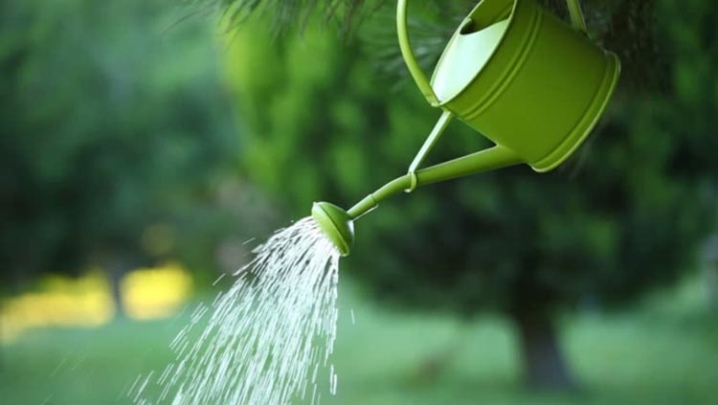
Loosening and thinning
It is very important to protect the beds from weeds: this prevents the appearance of pests... In addition, weeds take the micronutrients from the ground that are needed for the growth and formation of radish fruits. That is why the next day after watering, the ground must certainly be loosened, otherwise the crust that appears will block the access of air to the fruits.
Particular attention is paid to thinning. Excessive thickening of the plantings becomes a comfortable environment for insects, and also raises the risk of developing fungal infections. The very first thinning is carried out at the stage of the appearance of two true leaves: the weakest shoots are removed, leaving a distance between healthy ones of 7-9 cm.A month later, the treatment is repeated, this time 15-18 cm are left between the plants.
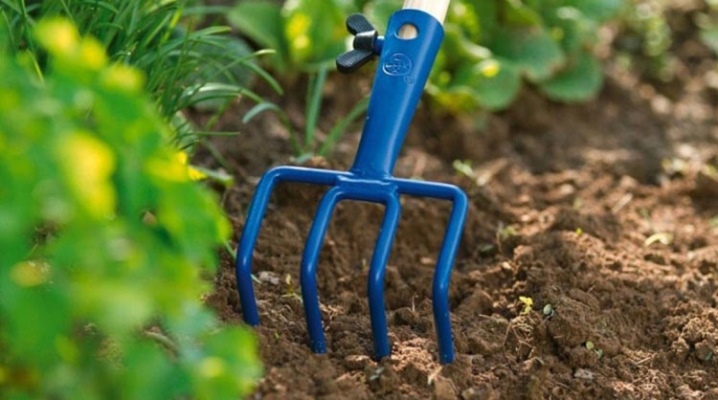
Top dressing
Fertilizing of black radish is carried out twice during the growing season. For this, only mineral fertilizers are used. The use of organic matter leads to the active formation of adventitious roots, as well as deformation of root crops.
The first top dressing is applied at stage 4 of the leaflet, the second - after 14-20 days. 3 weeks before the final ripening, the garden is fertilized with potassium: this treatment helps to improve the taste characteristics of the vegetable. Wood ash gives a good result at this stage.
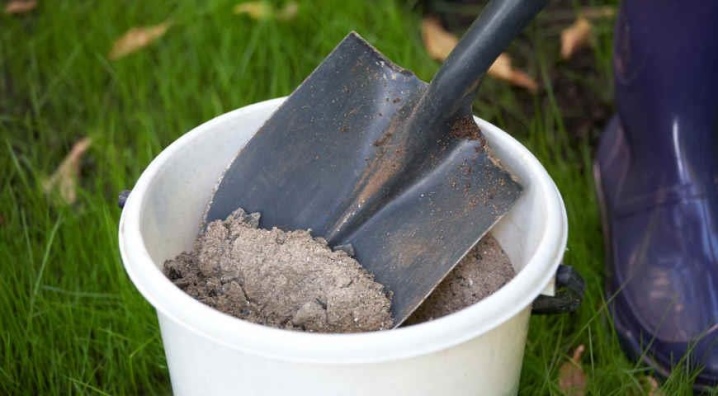
Shooting becomes one of the most common problems in radish cultivation. In this case, the plant begins to bloom before the root crop is formed.... After that, hope for a good harvest is no longer worth it. This happens if the plant develops in an uncomfortable environment. Most often, the reason is a lack of light, a lack of moisture, or unsuitable soil.
To avoid shooting, you should adhere to the basic rules of agricultural technology:
- protect plants from temperatures below +4 and above +30 degrees;
- maintain soil moisture;
- provide daylight hours at the level of 14-16 hours.
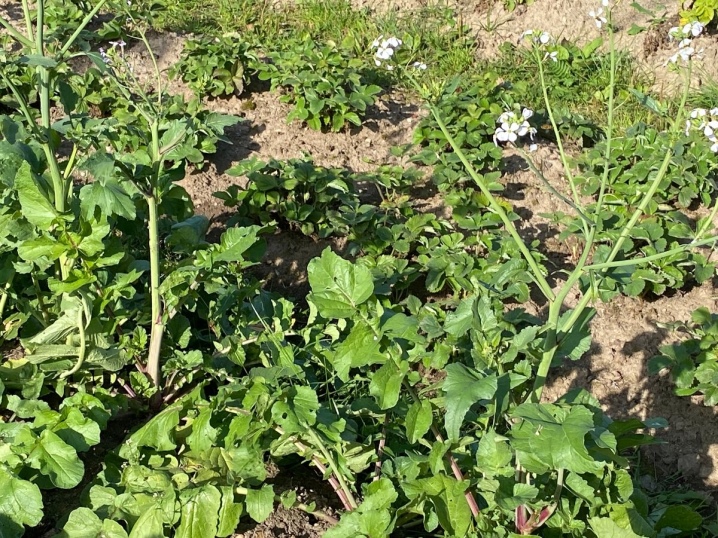
Diseases and pests
In the process of development, a radish can encounter various diseases.
- Powdery mildew... A whitish bloom appears on the leaf plates, which subsequently changes color to dark brown. Soon the leaves wither and die off. For treatment use the drug "Topaz".
- Keela... Causes damage to the roots, as a result, the foliage dries up, and the root crop stops developing. Treatment with bleach or wood ash can save you from adversity.
- Root rot. It is expressed in the appearance of dark spots near the base of the fruit, as well as on the petioles. The disease causes softening of all plant fragments and the appearance of mold. The drug "Trichodermin" can kill the fungus.
- Mosaic... The most dangerous ailment of black radish is mosaic. It is a viral disease that does not respond to treatment. When the first signs appear, all diseased fruits must be immediately destroyed.
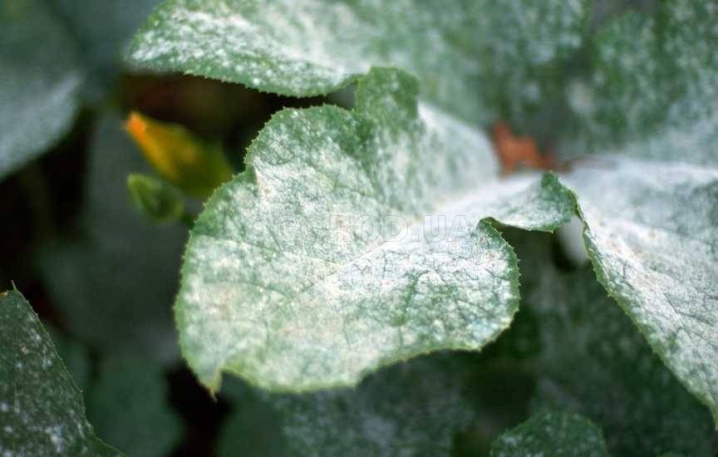
Pests cause no less trouble.
- Slugs... In the daytime, they hide, and at night they eat protruding areas of root crops and tops. If the enemy is not eliminated in time, then in a matter of days he can destroy all young plants.The greatest effect against him is given by the drugs "Slizneed" and "Thunderstorm".
- Cabbage moth. A light brown insect that lays eggs on young leaves. To save the plant, you need to manually remove the larvae and wipe the leaf plates with a solution of laundry soap.
- Belyanka... This insect lays its eggs in the tops, and the larvae that emerge from them begin to gnaw the leaves. As a result, the above-ground parts are deformed and covered with holes. Spraying a solution of mustard and red pepper, as well as sprinkling the row spacing with wood ash, can help the plant.
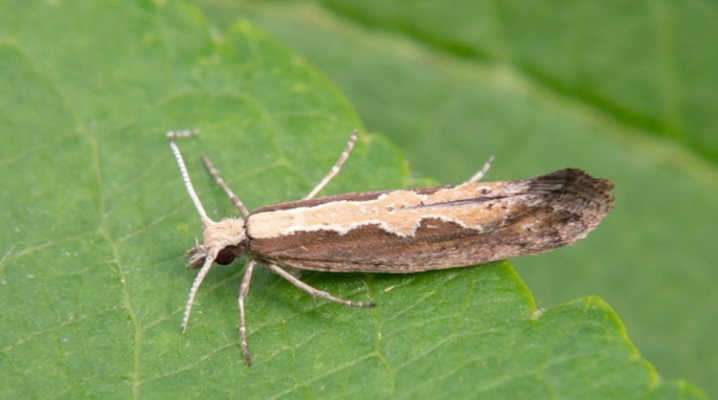
To get rid of pests, insecticides are often resorted to. However, their use at the stage of fetal formation is undesirable, therefore it is best to prevent the disease. To do this, you need to adhere to the rules of prevention:
- compliance with crop rotation and agricultural standards;
- purchase of seedlings of highly resistant varieties;
- preliminary disinfection of seeds and soil;
- deep digging of the earth in the fall.
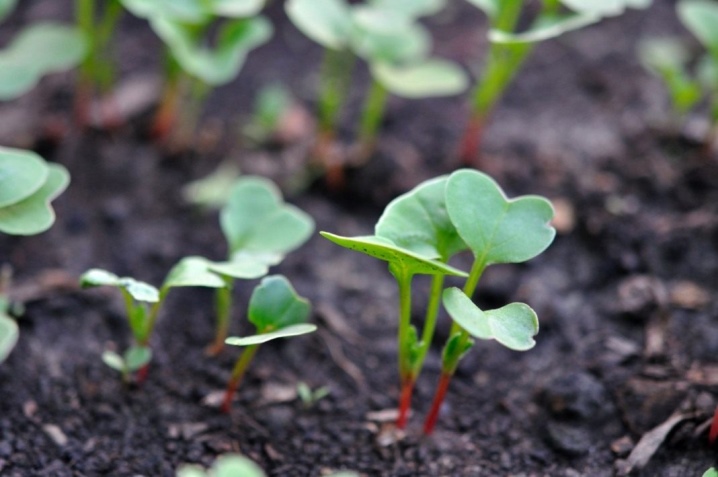
Harvesting and storage
Early and mid-ripening varieties yield in the middle of summer, later ones need to be harvested in October before the first frost arrives. It is not worth delaying the harvesting process, since in the case of prolonged rains, the keeping quality of the fruits significantly deteriorates.
The ripe radish is carefully pulled out of the ground or dug out with a pitchfork. After that, you need to cut off the tops, leaving only petioles 1.5-2 cm long. Only undamaged fruits are suitable for storage, they are aired and dried naturally.
A refrigerator is suitable for short-term accommodation. Root vegetables are placed in it in a bag, making sure to make holes for ventilation. For the winter, the radish is placed in a cellar at a temperature of + 2-3 degrees and a humidity of 80-85%. If the temperature is higher, then the fruits will begin to germinate. Containers are suitable for storage, each layer of radish should be sprinkled with sawdust.
Important: not all varieties are suitable for long-term storage. Mid- and late-ripening varieties are the longest. For example, "Skvirskaya black", "Winter round black" and "Gaivoronskaya": their keeping quality reaches 200 days.
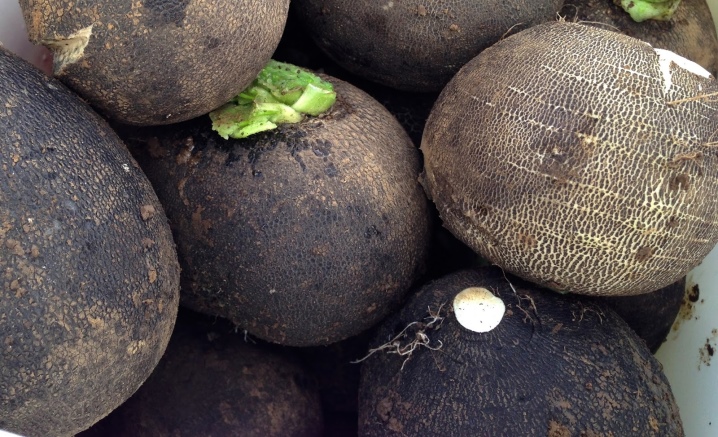
Useful tips for growing
And in conclusion, we will give several recommendations from experienced gardeners.
- It is undesirable to sow seeds without prior activation and soaking. In this case, even with proper agricultural technology, germination will be significantly reduced.
- If the root crop is not growing, you need to do the rocking. After this treatment, the roots stop giving lateral shoots, and all the energy of the plant is spent on the formation of root crops.
- If cracks appear, you need to significantly increase the volume of water during irrigation.
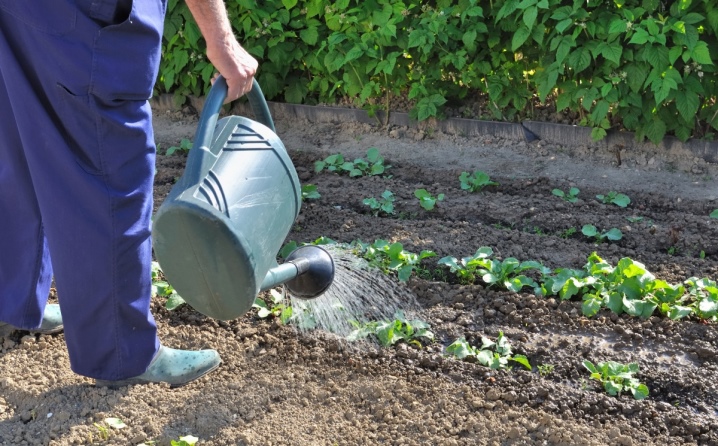













The comment was sent successfully.